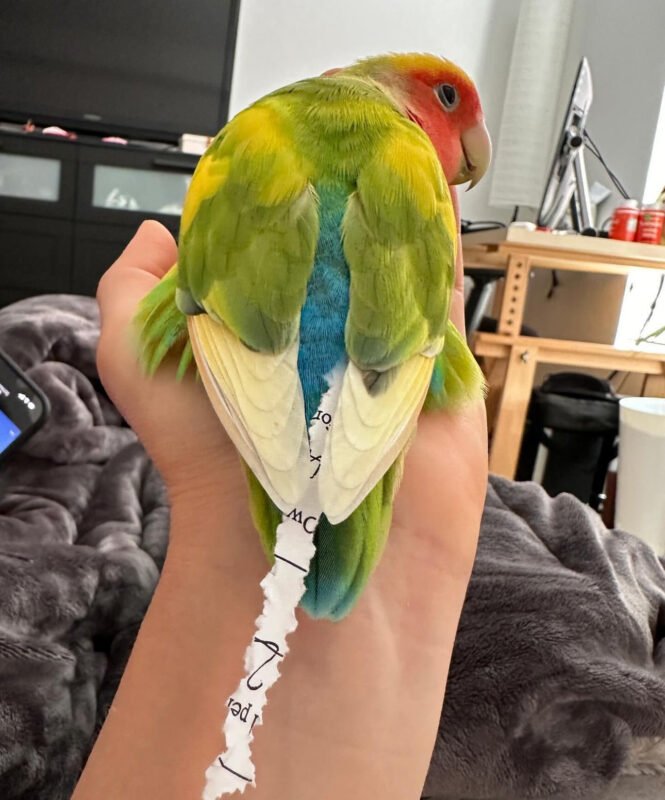Blog
Lovebirds and Bonding: Understanding the Monogamous Behavior of These Affectionate Birds
Lovebirds are small, colorful parrots known for their strong monogamous bonds and affectionate behaviors. These charming birds have captured the hearts of bird enthusiasts and pet owners alike with their fascinating social dynamics and endearing personalities. In this blog, we will delve into the world of lovebirds, exploring their monogamous nature, bonding behaviors, and the factors that contribute to their strong pair bonds.
Monogamous Behavior of Lovebirds
One of the most intriguing aspects of lovebirds is their monogamous behavior. In the wild, lovebirds form strong pair bonds that can last a lifetime. Once a pair of lovebirds has bonded, they will often groom each other, share food, and engage in mutual preening to strengthen their bond. This monogamous behavior is not only limited to the breeding season but is a year-round commitment between mates.
Bonding Behaviors of Lovebirds
Lovebirds exhibit a variety of bonding behaviors that help reinforce their connection with their mate. These behaviors include mutual preening, where the birds groom each other’s feathers as a form of social bonding and care. Lovebirds also engage in beak grinding, a rhythmic movement where the birds grind their beaks together, often as a sign of contentment and affection.
Another important bonding behavior among lovebirds is feeding each other. This behavior, known as allopreening, involves o
ne bird offering regurgitated food to its mate as a sign of care and affection. Through these bonding behaviors, lovebirds communicate and strengthen their emotional connection with their partner.
Factors Influencing Lovebirds’ Bonding
Several factors influence the bonding behavior of lovebirds. Socialization plays a crucial role, as lovebirds raised in pairs or small groups from a young age are more likely to form strong pair bonds later in life. Environmental factors, such as the availability of nesting sites and food sources, also impact the bonding behavior of lovebirds.
Additionally, the compatibility between mates is essential for the formation of a lasting bond. Lovebirds that share similar personalities, preferences, and energy levels are more likely to form a successful and long-lasting pair bond. Communication through vocalizations, body language, and physical interactions also plays a vital role in maintaining the bond between lovebird mates.
In conclusion, lovebirds and their monogamous behavior offer us valuable insights into the nature of love and companionship. Through their actions and interactions, these affectionate birds teach us about the importance of nurturing relationships, communicating our feelings, and staying true to those we hold dear. As we continue to study and appreciate the beauty of lovebirds, may we also strive to cultivate the same kind of deep, meaningful connections in our own lives.

